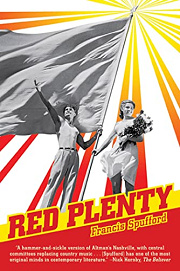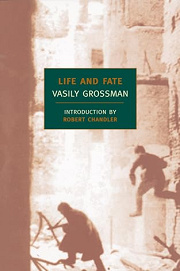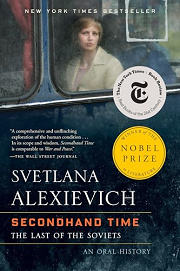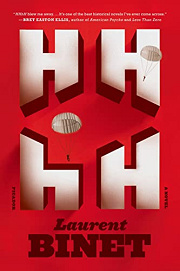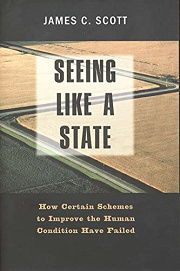Share your thoughts in a quick Shelf Talk!
Red Plenty by Francis Spufford
Ambition hums in laboratories and party halls as a grand social experiment chases a radiant future. Blending history, imagination, and ideas, Red Plenty follows dreamers and planners determined to engineer prosperity—only to discover that equations can’t contain human complexity. Smart, surprising, and slyly moving.
Have you read this book? Share what you liked (or didn’t), and we’ll use your answers to recommend your next favorite read!
Love Red Plenty but not sure what to read next?
These picks are popular with readers who enjoyed this book. Complete a quick Shelf Talk to get recommendations made just for you! Warning: possible spoilers for Red Plenty below.
In Red Plenty, did you enjoy ...
... a panoramic, many-voice portrait of Soviet life that lets you see the system from scientists, apparatchiks, soldiers, and families all at once?
Life and Fate by Vasily Grossman
If you loved how Red Plenty hopscotches from Leonid Kantorovich’s equations to a factory boss gaming plan targets to the dreamers in Akademgorodok, Grossman’s Life and Fate gives you that same sweeping, many-thread vision. You move among physicist Viktor Shtrum, censors and commissars, front-line soldiers, and families under pressure—each chapter refracting the same system from a different angle, much like Spufford’s economists, cyberneticists, and managers. The result is the same thrilling sense that a whole society is being mapped in real time, not just a single life.
... a mosaic of intimate, stand-alone voices that accumulate into a portrait of the Soviet project’s rise and unravelling?
Secondhand Time by Svetlana Alexievich
Spufford’s vignette-like chapters—one moment on Khrushchev’s corn promises, the next at a Siberian research party in Akademgorodok—mirror the oral mosaics in Secondhand Time. Alexievich gathers dozens of brief, piercing testimonies from workers, students, and retirees who lived through the same planned-economy world your favorite chapters evoke: the thrill of grand targets, the everyday queues for shoes and sausage, and the disillusion that followed. Each voice stands alone, yet together they echo the cumulative power of Red Plenty’s linked episodes.
... the blend of dramatized scenes with rigorous, self-aware historical commentary and sourcing?
HHhH by Laurent Binet
Did you appreciate how Red Plenty stages conversations in planning offices and labs—and then buttresses them with meticulous notes on Kantorovich’s linear programming and Soviet statistics? HHhH does a similarly bold dance between gripping scenes and the author’s candid, sourced commentary. As Binet reconstructs the plot against Reinhard Heydrich, he constantly interrogates what can be known, what must be imagined, and how to signal the difference—much like Spufford flagging where a textile manager’s dialogue is invented but the production numbers are real.
... granular, on-the-ground detail about building a planned economy with computers—down to consoles, cables, and institutional turf wars?
Cybernetic Revolutionaries by Eden Medina
If the chapters in Red Plenty about cybernetics—those debates around Viktor Glushkov and whether computers could tame plan targets—lit you up, Medina’s history of Chile’s Project Cybersyn will scratch the same itch. You’ll see how engineers designed telex networks and control rooms to manage an entire economy, the way Soviet planners dreamed of, and how bureaucratic friction and political shocks unraveled it—echoing the factory-floor bottlenecks and ministry infighting Spufford dramatizes.
... a penetrating analysis of high-modernist planning and why grand schemes like corn campaigns and output quotas so often misfire?
Seeing Like a State by James C. Scott
Spufford lets you feel the allure of Khrushchev’s promises to overtake America and the elegance of Kantorovich’s shadow prices—then shows why shoe factories still produced the wrong shoes. Scott gives you the intellectual x-ray of that dynamic: how states simplify reality, why targets get gamed, and how local knowledge beats centralized plans. If you were fascinated by the way Red Plenty turns a plan meeting into a battle of ideas, this will deepen the why behind those scenes.
Unlock your personalized book recommendations! Just take a quick Shelf Talk for Red Plenty by Francis Spufford. It’s only a few questions and takes less than a minute.
